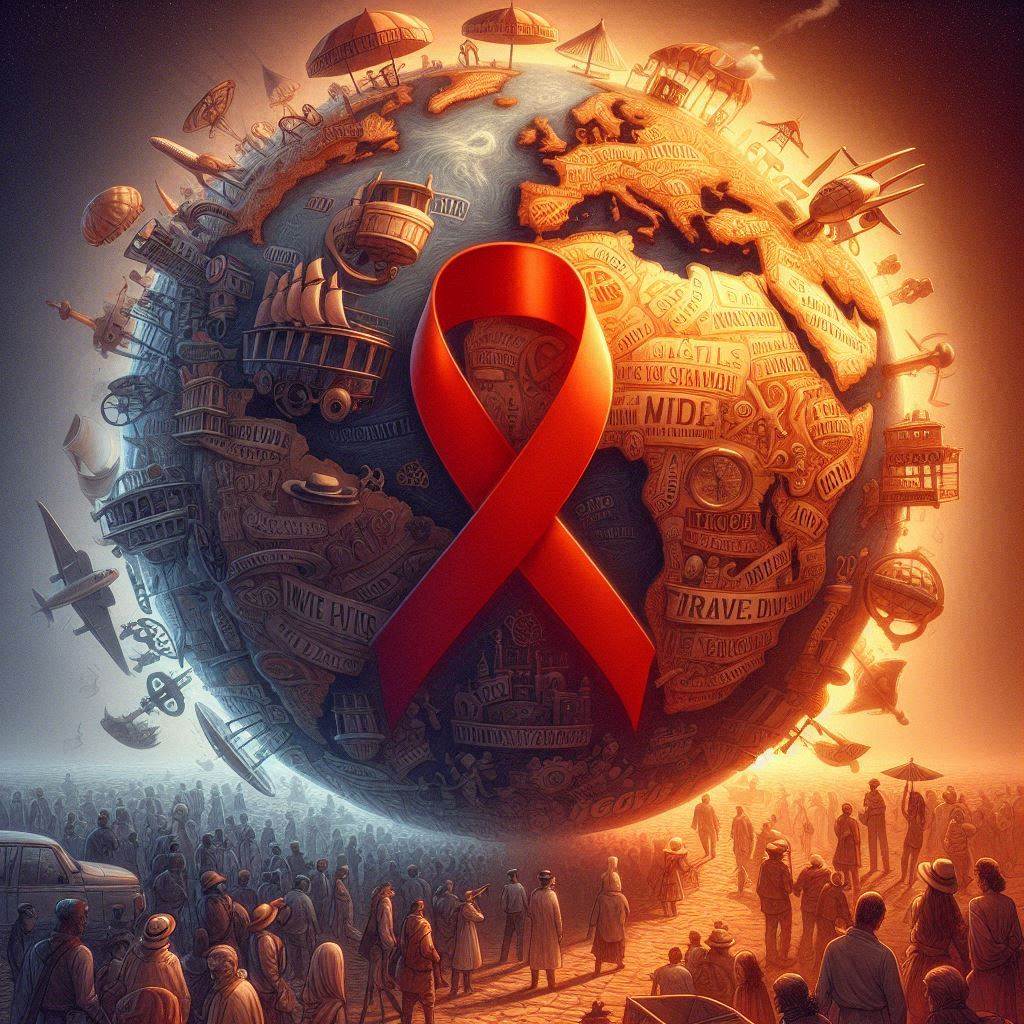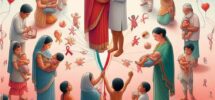Imagine the wings of an airplane slicing through clouds, crossing continents and oceans—carrying passengers, dreams, and sometimes, something invisible yet life-changing: a virus. The rise of global travel in the 20th century revolutionized how people connected, but it also played a hidden role in a public health disaster. To fully grasp the answer to where did AIDS come from, we must understand how human mobility turned a local virus into a worldwide epidemic.

The Virus Begins Its Journey
The scientific journey into where did AIDS come from begins deep within the rainforests of Central Africa. There, a virus called SIV (Simian Immunodeficiency Virus) lived harmlessly in chimpanzees. Somewhere in the early 20th century, through the hunting and consumption of bushmeat, this virus crossed species into humans and mutated into HIV.
For decades, the virus likely remained confined to isolated African regions. But as urbanization increased and infrastructure expanded—railroads, riverboats, and highways—so did the virus’s reach.
Still, it would take one more element to ignite a global outbreak: international travel.

From Local Virus to Global Pandemic
By the 1960s and 70s, more people were flying internationally than ever before. Businessmen, aid workers, missionaries, tourists, and soldiers moved across continents in increasing numbers. It is believed that during this time, HIV made its first journey out of Africa—possibly through Haiti, which had a significant number of professionals working in Central Africa post-colonialism.
Once in North America, it quietly circulated for years, undetected, spreading primarily through sexual contact, blood transfusions, and eventually injectable drug use.
By the time doctors began asking where did AIDS come from in the early 1980s, the virus had already gained a foothold on multiple continents.
The Role of Urban Centers and Travel Hubs
These were places where people from diverse backgrounds gathered—artists, immigrants, businessmen, and the LGBTQ+ community. These cities also had international airports and busy seaports, making them perfect hubs for rapid transmission.
The virus did not need a passport. It traveled quietly through networks of human behavior—sexual contact, shared needles, and contaminated blood supplies. In a world growing more interconnected each year, HIV found fertile ground.
The global response was slow, partly because the virus didn’t respect borders but our healthcare systems did. Each country reacted individually, while the virus moved globally.
Pilgrimage, Migration, and Refugees
Not all travel was by airplane or for leisure. Migrant workers, refugees fleeing conflict, and religious pilgrims also contributed, often unknowingly, to the spread of HIV. Crowded refugee camps, lack of medical services, and language barriers made testing and treatment difficult.
Asking where did AIDS come from also means asking how global inequality allowed the virus to flourish in silence across continents.
Tourism and the Sexual Economy
Another rarely discussed factor in the travel-AIDS link is sex tourism. In some regions, especially in Southeast Asia and parts of Africa, tourists seeking sex contributed to cross-cultural transmission. This created complex challenges in tracing infection routes and addressing root causes like poverty and exploitation.
It wasn’t just travel that spread the virus—it was the conditions surrounding that travel: desperation, desire, neglect, and silence.
The story of how travel influenced the spread of HIV/AIDS is a sobering reminder that in an interconnected world, health threats can no longer be seen as “foreign problems.” Understanding where did AIDS come from isn’t just a matter of tracing a virus from chimpanzee to human—it’s about seeing how our global systems, behaviors, and inequalities allowed that virus to spread unchecked.
As we move forward in the era of global pandemics, HIV teaches us that a virus needs only a plane ticket, a border crossing, or a handshake to reach its next host. It’s not just about where AIDS came from, but where it went—and why it was able to go there. The lesson is clear: in a mobile world, our compassion and public health strategies must travel just as fast.


